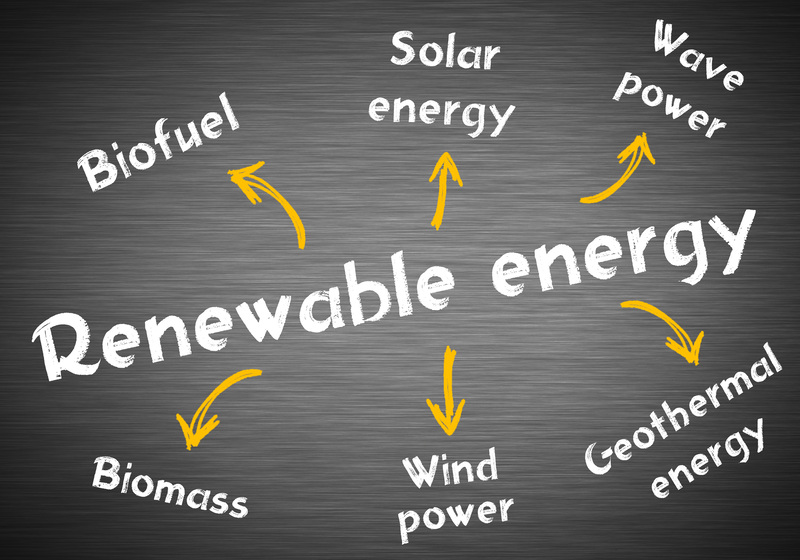How to Make Sure Your PPE Waste Doesn't Harm the Planet
Personal Protective Equipment (PPE) has become indispensable in our daily lives, especially since recent global health concerns. While PPE helps protect us, it can inadvertently contribute to environmental pollution if not disposed of responsibly. In this extensive guide, we'll explore effective and planet-friendly ways to manage your PPE waste and reduce its ecological footprint.

Table of Contents
- Why PPE Waste Matters
- Understanding the Types of PPE Waste
- Environmental Consequences of Improper PPE Disposal
- Best Practices for Sustainable PPE Disposal
- Smart Solutions for Reducing PPE Pollution
- How to Choose Eco-Friendly Personal Protective Equipment
- Community Actions and Initiatives
- Final Thoughts
Why PPE Waste Matters
The surge in usage of masks, gloves, face shields, and gowns has dramatically increased global PPE waste. While these items are crucial for health and safety, their improper disposal can harm the planet. PPE waste is typically made from plastics and synthetic materials that persist in the environment for centuries, releasing toxins and breaking down into microplastics, which further contaminate soil and water.
The key challenge is clear: How can we protect ourselves without sacrificing the future of our planet? Understanding the full impact of PPE waste is the first step towards finding solutions that safeguard both human and environmental health.
Understanding the Types of PPE Waste
PPE encompasses a wide variety of items, each with unique disposal needs. Below are common forms of PPE and the waste they generate:
- Masks: Disposable surgical masks and N95 respirators are primarily made from polypropylene and polyester.
- Gloves: Latex, vinyl, and nitrile gloves are difficult to landfill safely and slow to biodegrade.
- Face shields: Often constructed from polycarbonate or PET plastics.
- Gowns and coveralls: Synthetic materials such as polyester and spun-bonded polypropylene are prevalent.
Each type of PPE item presents unique recycling and disposal challenges, which necessitate tailored strategies for minimizing their environmental impact.
Environmental Consequences of Improper PPE Disposal
Increasing Landfill Waste
Billions of single-use masks and gloves are thrown away daily. These items quickly fill landfills, occupying space for decades as they break down -- if they ever do. The slow decomposition of plastics leaches toxic substances into the soil and groundwater, risking contamination of food and water supplies.
Hazards to Wildlife
PPE litter can entangle animals or be mistaken for food. Sea creatures, birds, and even land animals are at risk of ingesting or suffocating on these materials. PPE waste does not biodegrade quickly, so its danger lasts for many years.
The Microplastics Problem
As masks and gloves break down, they fragment into microplastics -- tiny pieces of plastic that persist in water bodies, soils, and even in the air. These microplastics can enter the food chain, ultimately impacting human health and biodiversity.
Air Pollution from Burning
Where landfill space is scarce, PPE waste is often incinerated. This process can release dangerous pollutants into the air, including dioxins and furans, which are harmful to humans and wildlife alike. Burning PPE waste is not a solution but a transformation of one problem into another.
Best Practices for Sustainable PPE Disposal
Proper Segregation of PPE Waste
- Always dispose of used PPE in designated bins labeled specifically for medical or hazardous waste.
- Do not mix PPE waste with regular recyclables--doing so can contaminate the entire recycling stream.
- Wash hands immediately after handling or discarding PPE waste.
Guidelines for Households
- Place single-use masks and gloves in sealable bags before placing them in the trash.
- Never flush PPE items down toilets or drains--they can clog sewers and pollute waterways.
- Encourage the use of reusable masks where medically appropriate, and wash them regularly.
Workplace and Community Protocols
- Set up clear PPE collection points and ensure regular, safe removal by trained personnel.
- Educate employees and community members on proper PPE disposal methods.
- Collaborate with local waste management services to ensure correct processing of PPE waste.
Smart Solutions for Reducing PPE Pollution
Opt for Reusable PPE When Possible
Reusable masks made from cloth or other washable materials significantly lower the amount of waste produced. For non-medical environments, these are effective alternatives to single-use PPE.
Support PPE Recycling Innovations
- Some specialized recycling programs now accept certain types of PPE, such as polypropylene masks.
- Companies and municipalities are piloting new solutions such as melting PPE plastics down to create new products.
- Look for local initiatives and drop-off points accepting PPE for recycling.
Educate and Advocate
Awareness is powerful. Encourage your workplace, family, and community to adopt eco-friendly PPE practices. Share informative resources and promote initiatives for responsible PPE waste management.
How to Choose Eco-Friendly Personal Protective Equipment
The choices we make when purchasing PPE can significantly impact the environment. Consider the following tips to ensure your PPE is as sustainable as possible:
- Check for Biodegradable Options: More manufacturers now offer masks and gloves made from plant-based or compostable materials.
- Look for Certified and Tested Products: Verify that eco-friendly claims meet international safety and compostability standards.
- Buy Local: Reducing the distance PPE items travel cuts down their carbon footprint.
- Ask Suppliers About Take-Back Programs: Some companies collect used PPE for responsible recycling or disposal.
Remember: While green PPE options exist, always ensure that your choice does not compromise on safety, especially in healthcare or high-risk environments.
Community Actions and Initiatives
Organize PPE Waste Clean-Up Campaigns
Form local groups to pick up PPE litter from parks, beaches, and streets. Not only does this reduce pollution, but it also raises awareness about the issue.
Lobby for Better Waste Management Policies
- Contact local authorities and urge them to create separate PPE waste streams and invest in specialized processing facilities.
- Promote public education campaigns on the importance of proper PPE waste disposal.
Participate in Research and Innovation
Support universities and startups developing new methods for recycling or biodegrading PPE materials. Your community can become a testing ground for innovative solutions.
Final Thoughts
The rise of PPE usage was essential to safeguard public health, but it shouldn't come at the environment's expense. By practicing responsible disposal, opting for eco-friendly PPE when possible, and advocating for systemic change, you can ensure your PPE waste doesn't harm the planet.
Reduce, reuse, recycle - and rethink your PPE habits. Together, we can protect both people and the Earth for generations to come.

Frequently Asked Questions on PPE Waste Management
- Can I recycle my disposable masks and gloves? Most curbside recycling programs do not accept PPE because it can contain contaminants. Look for specialized recycling initiatives in your area.
- What are biodegradable PPEs? These are masks, gloves, and gowns made from materials that break down naturally without leaving harmful residues.
- How can businesses reduce their PPE waste? By investing in reusable PPE for appropriate uses, training staff on proper disposal, and working with waste services who offer PPE recycling.
For further reading on PPE sustainability and planet-friendly practices, follow updates from reputable environmental agencies and health organizations.